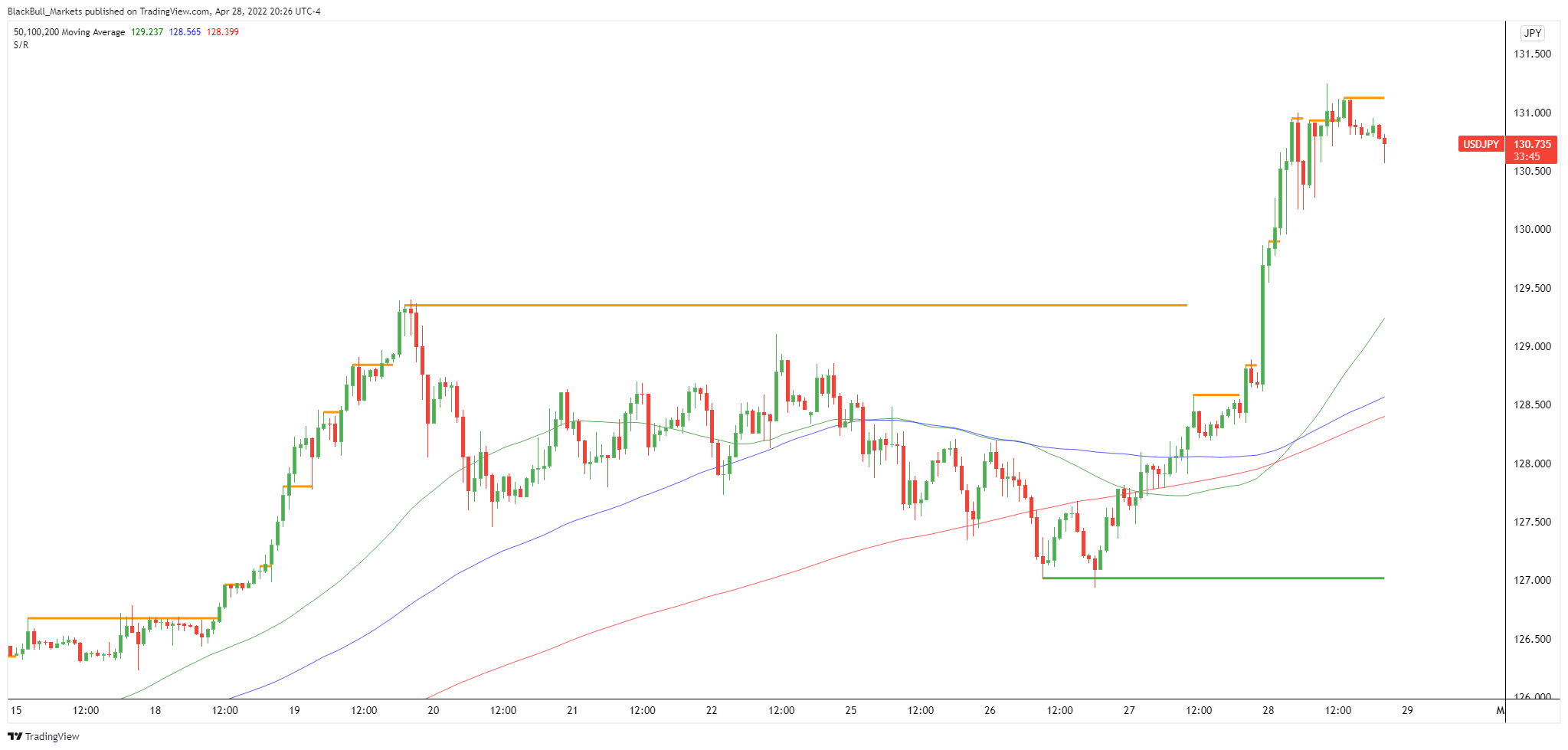The Bank of Japan (BOJ), unlike any of its peers, has become a huge player in the country’s stock market. What began as a monetary policy experiment has turned into what some economists describe as a caveat for policymakers about the extent of intervention a central bank may take in propping up capital markets.
Over the past decade, the BOJ managed to gobble up 80% of Japan’s exchange-traded funds (ETFs), accounting for about 7% of the country’s $6 trillion stock market, according to Bloomberg.
Based on the Government Pension Investment Fund’s annual report for fiscal 2020 ended March 2021, the government held more than 47 trillion yen worth of Japanese stocks. GPIF is Japan’s largest public fund investor by assets.
While ETFs in other parts of the world are used to monitor the performance of certain stocks according to industries, Japan has used its ETF investments to control inflation with the goal of spurring economic growth.
The BOJ started employing this strategy in the later part of 2010 when it began acquiring shares listed on Japanese exchanges via ETFs as part of its quantitative and qualitative easing program.
The program to buy ETFs began as a part of the central bank’s purchase of Japanese government bonds, until the BOJ tested stock-fund buying, hoping to boost stock prices, which in turn encouraged companies to spend more on expansions, create more jobs and push inflation higher.
However, six years into the ETF-buying program, the BOJ still wasn’t able to reach its inflation target, prompting Governor Haruhiko Kuroda to introduce negative interest rates to prevent a strong yen that was hurting the country’s export-heavy economy.
As it stands, the Japanese yen is trading at 130 per USD, a 20-year low for the currency, and could be heading for weaker territory without intervention. While a weaker yen has been welcomed by Kuroda, Reuters reported that Japan could be considering currency intervention to stem further weakness in the yen. The Reuters report helped the USDJPY push above a month’s long resistance of 129 per USD.
Figure 1. USDJPY 1H
Aside from stocks, the BOJ has also racked up large amounts of Japanese government bonds totaling 521 trillion yen as of the end of 2021. The level of bond holdings, however, has fallen for the first time in 13 years as the BOJ sought to taper its bond-buying program due to concerns of a looming financial risk.
Where to from here?
Fast forward to 2022, the BOJ is still stuck with a huge amount of bonds and stocks that the central bank may not be able to easily decrease as a sell-off would have adverse effects on the country’s capital markets.
“The bank was surrounded by dead ends. They were cornered into a place where they couldn’t do anything else,” Izuru Kato, president at Totan Research, was quoted by Bloomberg as saying.
Back in 2019, Kuroda defended the BOJ’s ETF-buying program, dismissing concerns that it is distorting influence.
"At present, I don’t think our ETF buying is having any effect on market function… But we continue to watch out to make sure there are no negative side effects,” Kuroda was quoted by the Financial Times as saying.
Most recently in March, as concerns over its stock holdings grew, the BOJ governor said it was premature to debate an exit from quantitative easing including how the central bank could pare its ETF holdings as inflation has yet to sustainably hit 2%.
Kuroda had also hinted that in the event the BOJ decides to wind down its stock holdings, it will employ a strategy that would minimize the BOJ’s losses and any financial market disruption.
"They cannot sell now. Shares will fall for sure... The negative impact would be pretty huge,” Tetsuo Seshimo, portfolio manager at Saison Asset Management, said earlier this month.
Risk Warning: Trading foreign exchange on margin carries a high level of risk and may not be suitable for all investors. The high degree of leverage can work against you as well as for you. Before deciding to trade foreign exchange, you should carefully consider your investment objectives, level of experience, and risk appetite. The possibility exists that you could sustain a loss of some or all of your initial investment and, therefore, you should not invest money you cannot afford to lose. You should make yourself aware of all the risks associated with foreign exchange trading and seek advice from an independent financial adviser if you have any questions or concerns as to how a loss would affect your lifestyle.
Recommended Content
Editors’ Picks
AUD/USD remained bid above 0.6500

AUD/USD extended further its bullish performance, advancing for the fourth session in a row on Thursday, although a sustainable breakout of the key 200-day SMA at 0.6526 still remain elusive.
EUR/USD faces a minor resistance near at 1.0750

EUR/USD quickly left behind Wednesday’s small downtick and resumed its uptrend north of 1.0700 the figure, always on the back of the persistent sell-off in the US Dollar ahead of key PCE data on Friday.
Gold holds around $2,330 after dismal US data

Gold fell below $2,320 in the early American session as US yields shot higher after the data showed a significant increase in the US GDP price deflator in Q1. With safe-haven flows dominating the markets, however, XAU/USD reversed its direction and rose above $2,340.
Bitcoin price continues to get rejected from $65K resistance as SEC delays decision on spot BTC ETF options

Bitcoin (BTC) price has markets in disarray, provoking a broader market crash as it slumped to the $62,000 range on Thursday. Meanwhile, reverberations from spot BTC exchange-traded funds (ETFs) continue to influence the market.
US economy: slower growth with stronger inflation

The dollar strengthened, and stocks fell after statistical data from the US. The focus was on the preliminary estimate of GDP for the first quarter. Annualised quarterly growth came in at just 1.6%, down from the 2.5% and 3.4% previously forecast.
